Artificial Intelligence
AI will play an increasingly important role in imaging research and its clinical application. Our department focuses on the use of AI for both acquisition and post-processing in medical imaging, with the aim of developing new technologies and optimizing current techniques to improve healthcare through interdisciplinary research. We have ready access to large imaging databases for AI research. Additionally, our department is equipped with several high-end computational power GPU Clusters to facilitate AI projects. To further support AI initiatives, we have established the Departmental CUHK lab of AI in Radiology (CLAIR) or AI Laboratory.
Our current research interests in AI encompass a wide range of areas. By actively pursuing these research interests, we will positively contribute to the advancement of AI in medical imaging and improve patient care.
View More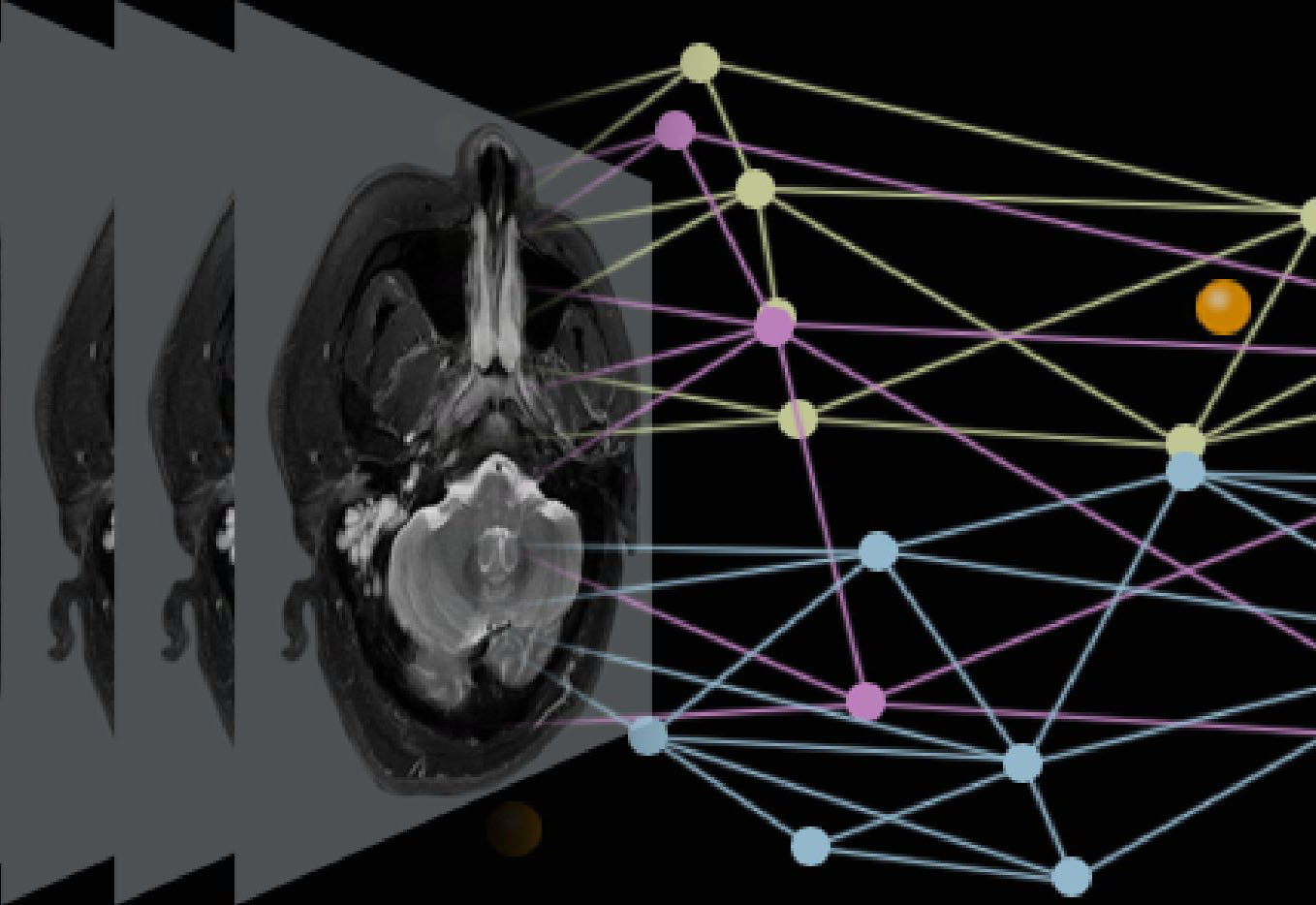
Head and Neck
Our department has a long-standing world-wide reputation for Head & Neck imaging covering all diseases especially Head & Neck cancer, including nasopharyngeal carcinoma (NPC).
Over the past 30 years we have been at the forefront of research and development in MRI and Ultrasound. We have published numerous papers, obtained competitive grants and disseminated our knowledge through national and international meetings and workshops.
View More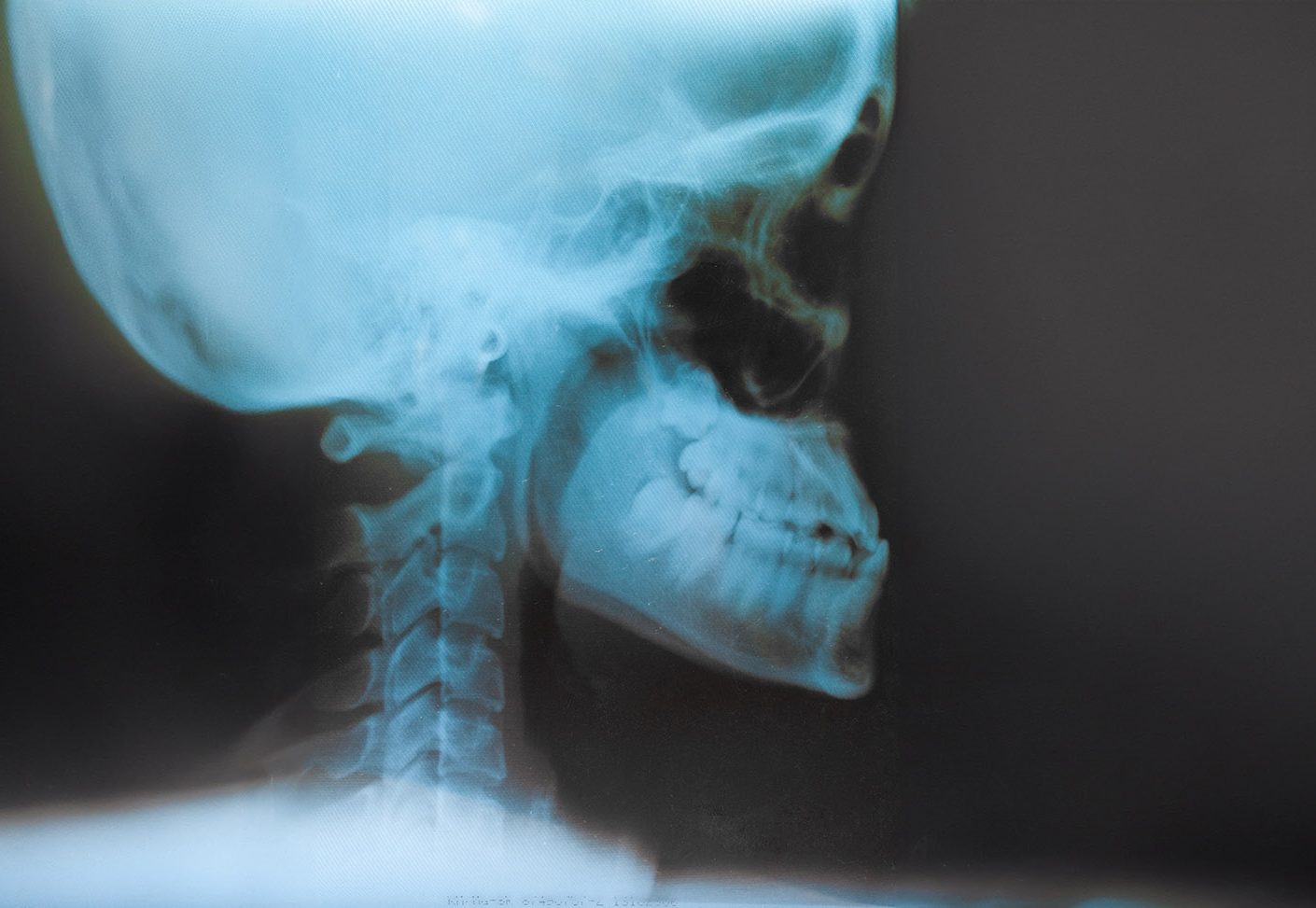
Neurosciences
We have access to state-of-the-art MR systems (Philips 3T Elition, Siemens Magnetom Prisma) as well as dual-energy Siemens CT and advanced computational hardware and software enabling us to undertake advanced imaging-based research into the nervous system. We encourage and engage in multidisciplinary collaborative research and are dedicated to advancing the diagnosis and treatment of patients with nervous system disorders.
View More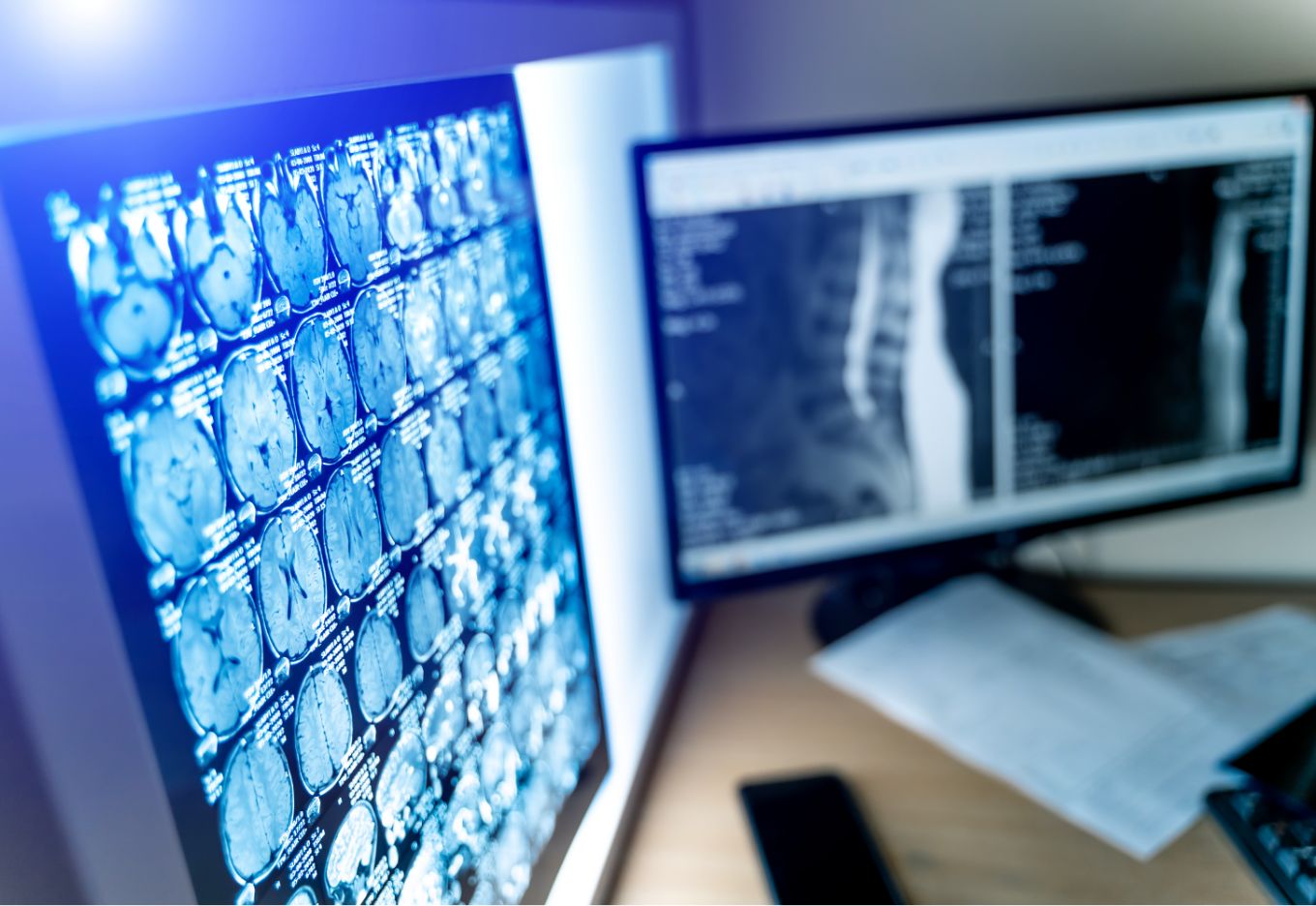
Imaging Biomarker
Magnetic resonance imaging has been the mainstay for the diagnosis of neuropsychiatric diseases and disorders. Substantial efforts have been attempted to develop new MRI pulse sequences, and data modelling and analysis methods for probing novel and quantitative tissue contrasts in the hope of improving our understanding on the plausible pathophysiological mechanism of diseases and disorders.
View More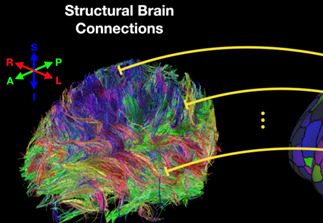
Quantitative Imaging
Quantitative imaging (QI) is the extraction of quantifiable features from medical images for the assessment of normal or the severity, degree of change, or status of a disease, injury, or chronic condition relative to normal. Quantitative imaging includes the development, standardization, and optimization of anatomical, functional, and molecular imaging acquisition protocols, data analyses, display methods, and reporting structures. These features permit the validation of accurately and precisely obtained image-derived metrics with anatomically and physiologically relevant parameters, including treatment response and outcome, and the use of such metrics in research and patient care. Several practical aspects of QI include accuracy, precision, and clinical validity. The accuracy of a measurement describes how close the measurement is to a correct answer.
View More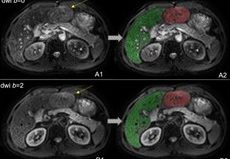
Musculoskeletal
We are particularly proud of our pioneering work on addressing bone marrow changes in osteoporosis, quantifying glenoid bone loss, classification of talar dome osteochondral lesions, accuracy of ultrasound for classifying soft tissue masses, traction MR imaging of joints, identifying rib fractures on ultrasound, assessment of carpal tunnel syndrome on ultrasound, population reference ranges for developmental spinal canal size, assessing inflammatory changes in rheumatoid arthritis and spondylopathy and, more recently, positional MRI of the normal and injured knee.
View More
Paediatrics
Our department has collaborated with different clinical and non-clinical departments on children’s research involving imaging.
View More

Orbital Imaging
Our research team has a special interest in MR imaging of thyroid associated orbitopathy (TAO). The imaging features provide important information about grading of disease activity and monitor treatment responses. Our recent research focus is on automatic segmentation of orbital contents and radiomic analysis for characterization of TAO for prediction of treatment response.
View More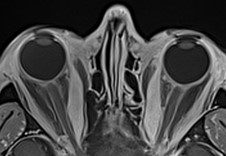
Breast
Mammography screening for breast cancer is being advocated in many countries but Hong Kong has not yet had a territory-wide screening program. This is part of the research focus of CUHK to investigate the efficacy of conducting such a program in Hong Kong.
View More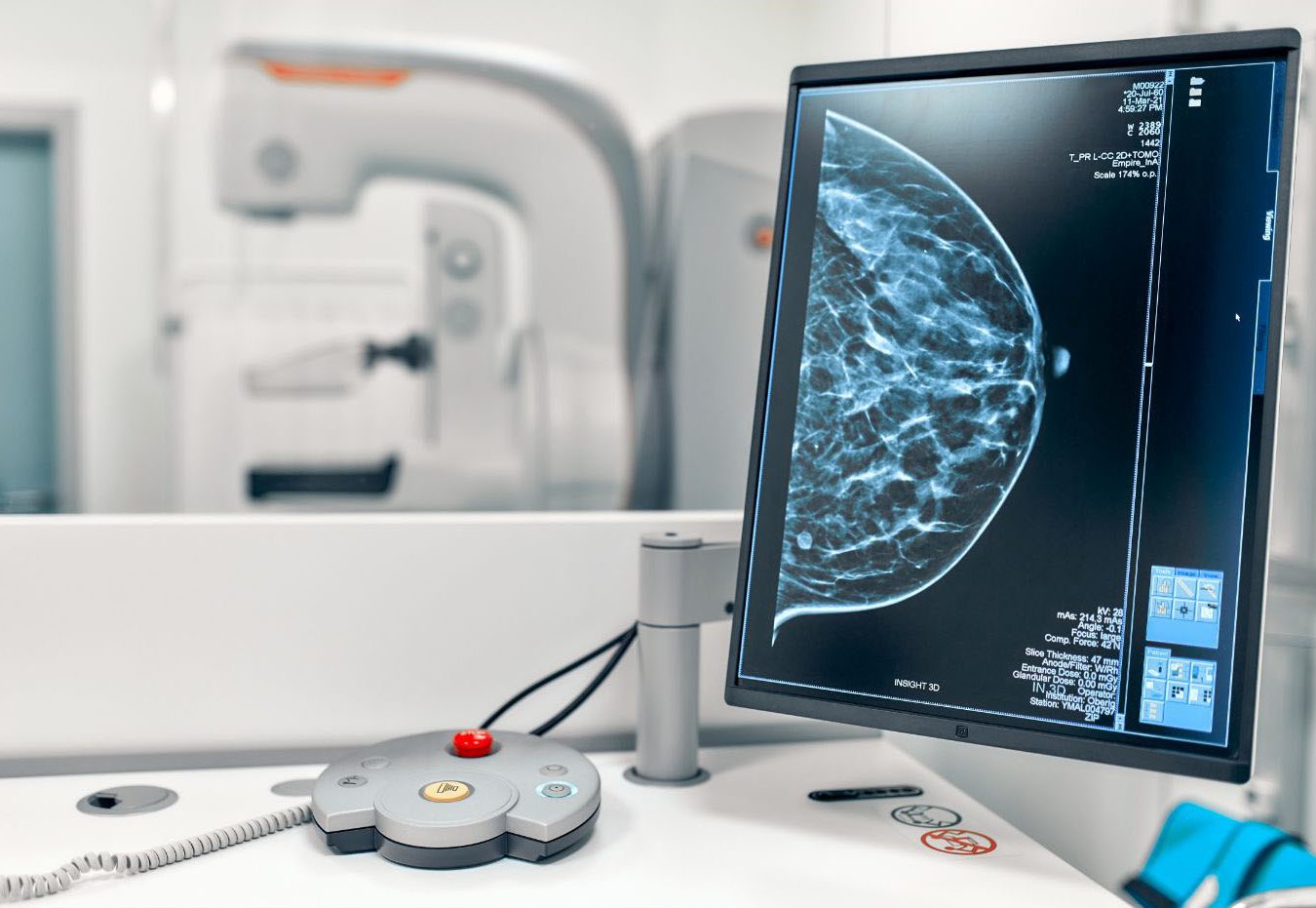
Body
Obesity and related complications, such as fatty liver, have constituted a heavy burden in many societies and different treatments have been proposed to control weight. Our research team applies advanced MR water-fat & T2* imaging and MR spectroscopy for assessment of central obesity, ectopic body fat and related hepatic condition such as non-alcoholic fatty liver disease (NAFLD) and pancreatic steatosis. CUHK is one of the pioneer groups to launch large scale clinical research in patients with obesity and non-alcoholic fatty liver disease using non-invasive imaging techniques validated by liver biopsy results.
View More

Facilities
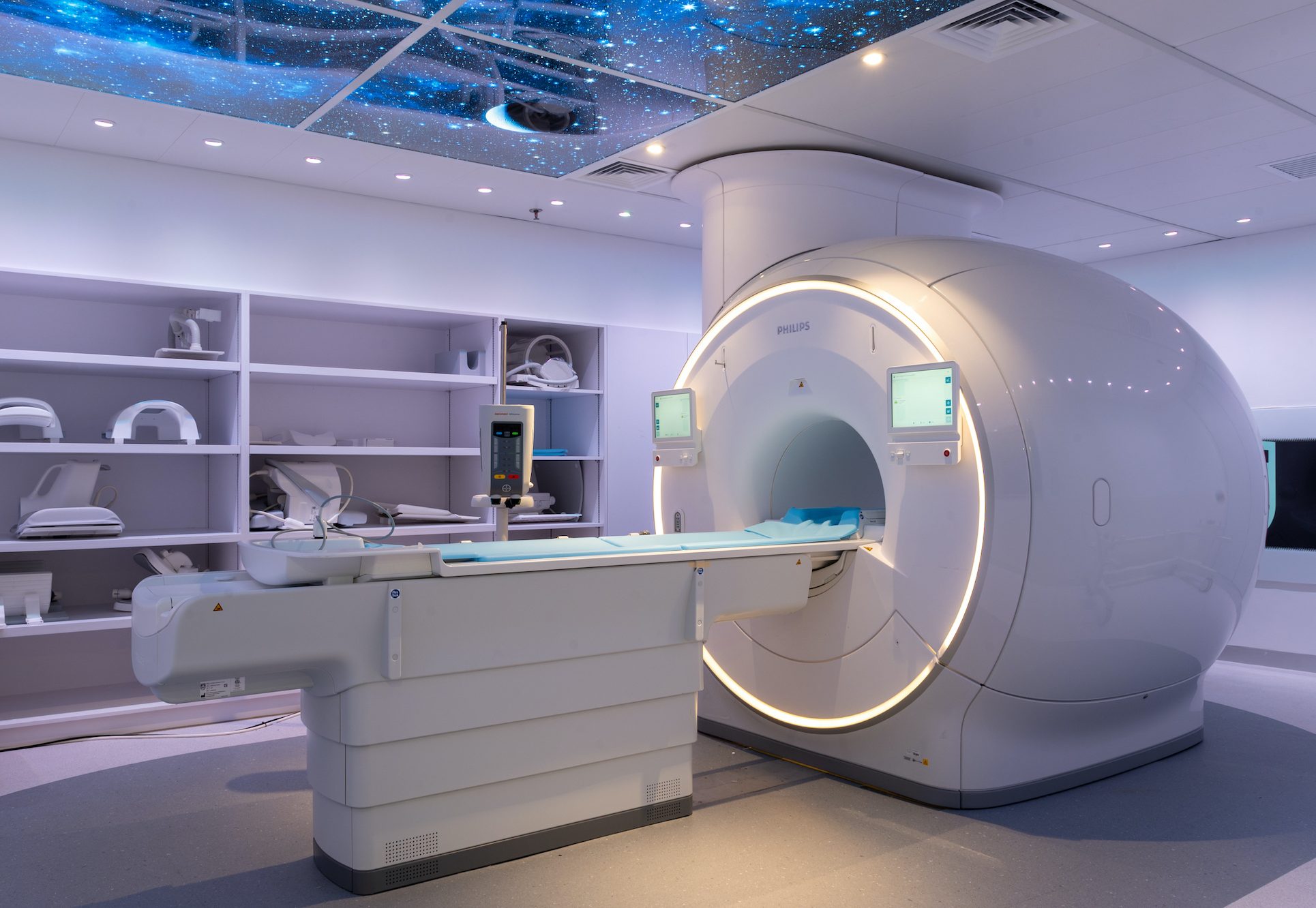
Philips Ingenia Elition 3.0T X MRI
The Department is equipped with the Philips Ingenia Elition 3.0T X MRI, which is dedicated for clinical services and research across different disciplines.
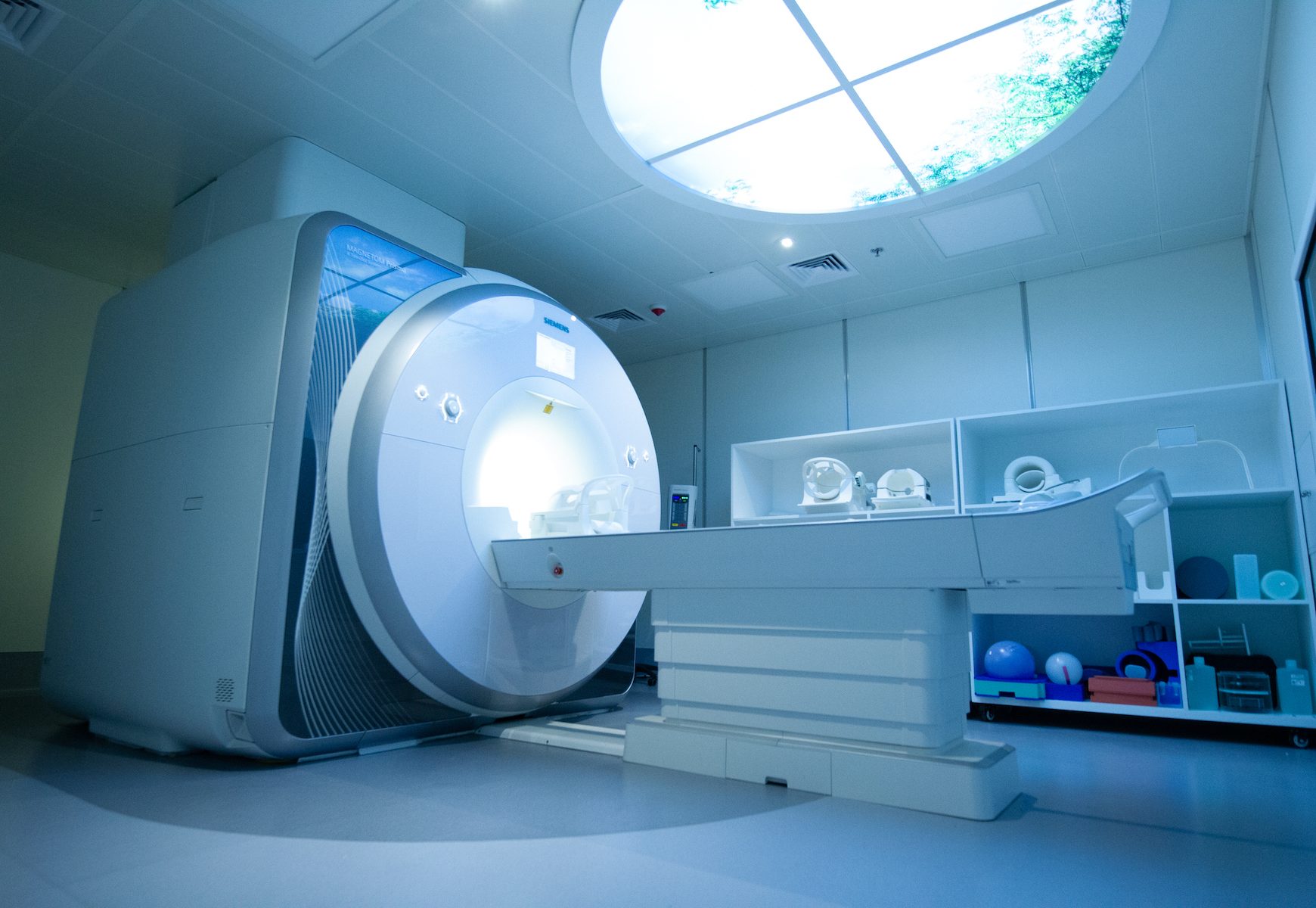
Siemens MAGNETOM Prisma 3 Tesla MRI
Acquired in 2020, this high-end MR system supports neuroscience research.

GPU Cluster
GPU cluster systems have been acquired to support research works and provide training opportunities. The cluster is equipped with the most modern industrial level GPUs which helps to promote computational analysis and resource sharing.
View More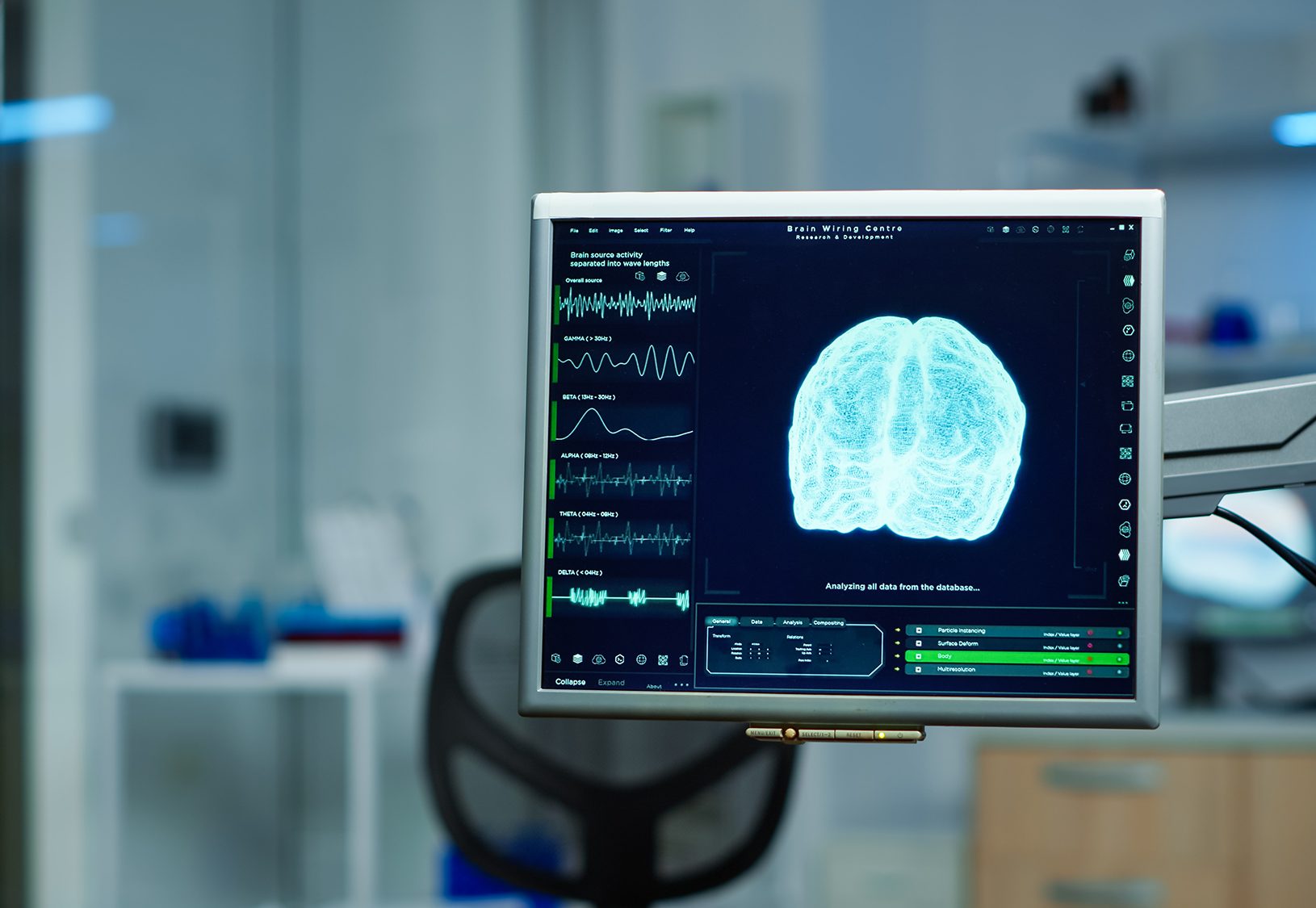
CUHK Lab of AI in Radiology (CLAIR), AI Laboratory
CLAIR is dedicated to the development of AI techniques for both acquisition and post-processing in medical imaging, with an aim to develop new algorithms and optimizing current imaging protocols and quantification to improve healthcare though multi-disciplinary research.


